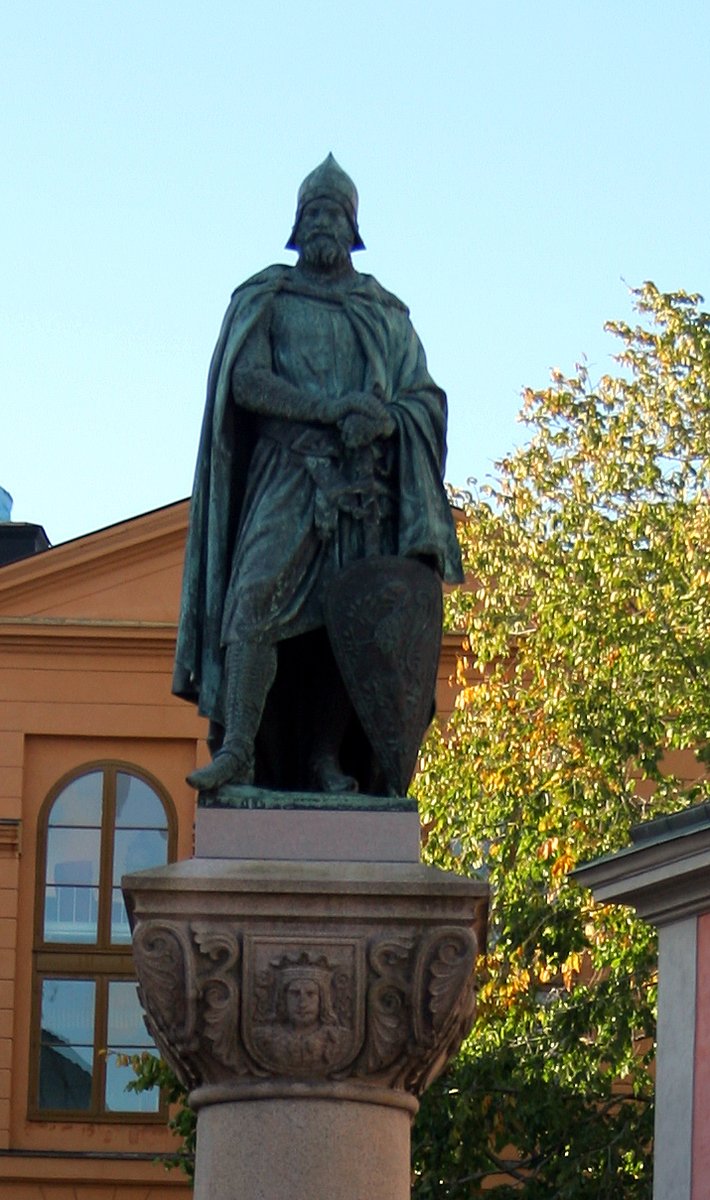A young hostage brought back into his homeland after the deaths of his father and elder brother, to overthrow its ruler.
A lasting legacy, fighting his former captors.
And for Underworld fans, an ally of Corvin of Transylvania. And his prisoner.
Story in the evening ...
A lasting legacy, fighting his former captors.
And for Underworld fans, an ally of Corvin of Transylvania. And his prisoner.
Story in the evening ...
https://twitter.com/Arby_K/status/1397017187877941252
Vlad Drăculea was born in 1431 to Vlad of Wallachia in 1431. The elder Vlad was an illegitimate son of Mircea, Voivode of Wallachia. He spend his youth in Holy Roman Emperor Sigmund's court, who inducted him into the Order of the Dragon, bringing him the cognomen Dracul. 1/10 

In 1436, Vlad Dracul became the Voivode of Wallachia when his half brother, Alexandru Aldea died. Wallachia was a region near the Black Sea, at times dependent on neighbouring Kingdom of Hungary. Emperor Sigmund was also the King of Hungary till he died in 1437. 2/10 

In 1442, Vlad Dracul was captured by the Ottomans, freeing him in exchange for Vlad Drăculea and his younger brother, Radu, as hostages. In 1447, János Hunyadi, Regent of Hungary, attacked Wallachia, forcing Vlad Dracul to flee. He was later killed and so was his eldest son. 3/10 

Hunyadi put Vladislav, a relative of Vlad Dracul, in charge of Wallachia. Vlad Drăculea was released in 1448, and with the support of Ottoman troops and seized Wallachia. But the reign was short as Vladislav was in power later the same year. 4/10 

In 1456, Vlad Drăculea was back as Voivode of Wallachia. It is in this stint that he made his reputation. He rounded up many of his opponents, especially the Saxons of Transylvania, and had them impaled. He earned the cognomen Țepeș (Impaler) from these acts. 5/10 

In 1458, Hungary had elected a new King, Mátyás "Corvinus" Hunyadi, the son of his father's foe, János Hunyadi. The two tried to form an alliance. Vlad Drăculea resisted the Ottoman push for tribute. By 1462, he had also led raids and attacks into Ottoman lands. 6/10 

As word of Wallachia siding with Hungary reached Constantinople, Sultan Mehmed marched into Wallachia. An attempted assassination or capture of the Sultan failed. When Sultan reached the Wallachian capital, he found "thousands" of Ottoman soldiers impaled. 7/10 

With Hungarian help, Vlad managed to escape and meet King Mátyás Corvinus. The war ended inconclusively, but the Wallachian boyars overthrew Vlad and replaced him with his brother, Radu, instead. Radu ruled Wallachia as an Ottoman vassal. 8/10 

Perhaps unsure of Vlad's motives or influenced by the Transylvanian Saxons, King Mátyás arrested Vlad and imprisoned him. He was freed only in 1476, when he was sent with Stefan of Moldavia to battle Ottomans and defeat them. Vlad also got rule of Wallachia, but died soon. 9/10 

Wallachia would eventually be annexed by Ottomans, but in the 19th century they gained their independence and joining with Moldavia and Transylvania in Hungary formed Romania. Vlad Drăculea would be immortalized by Bram Stoker as Count Dracula. 10/10 

• • •
Missing some Tweet in this thread? You can try to
force a refresh



















